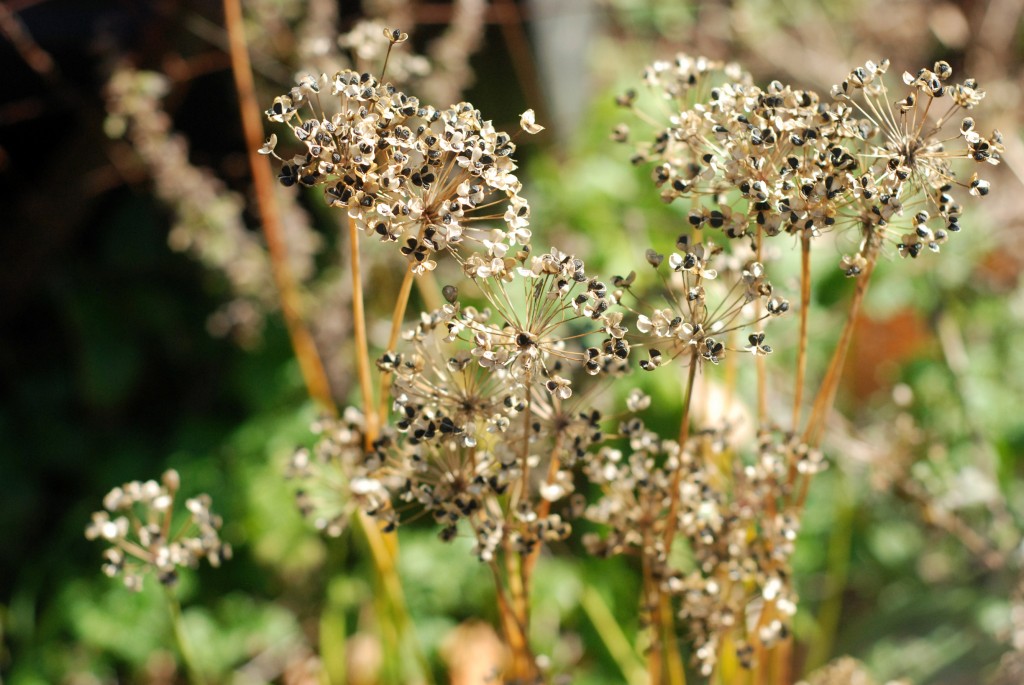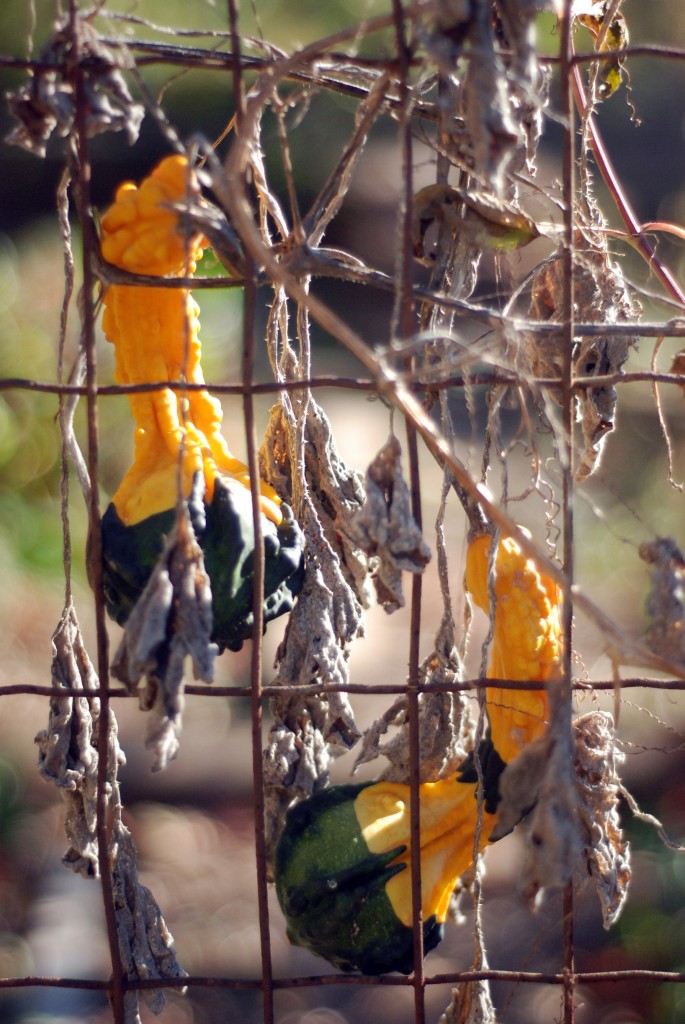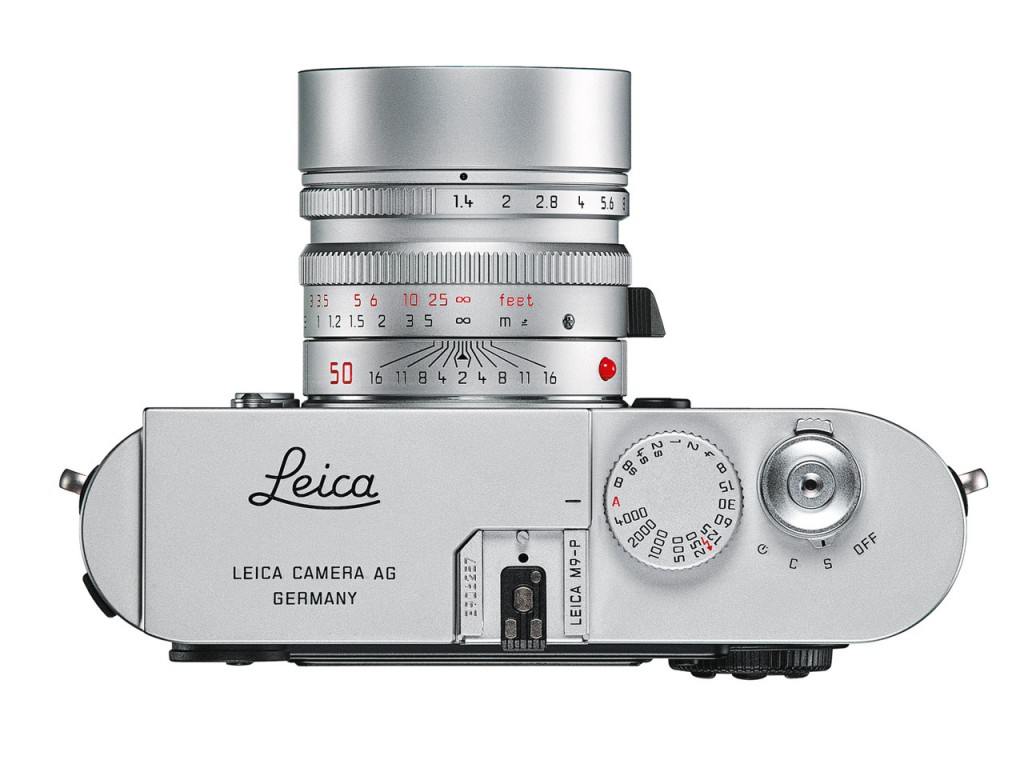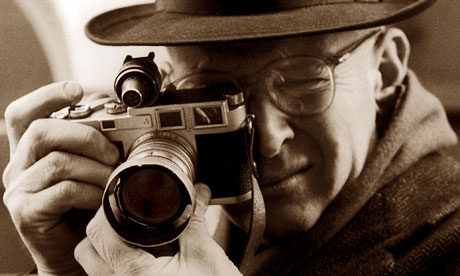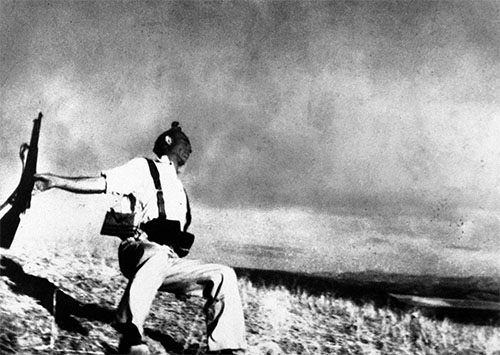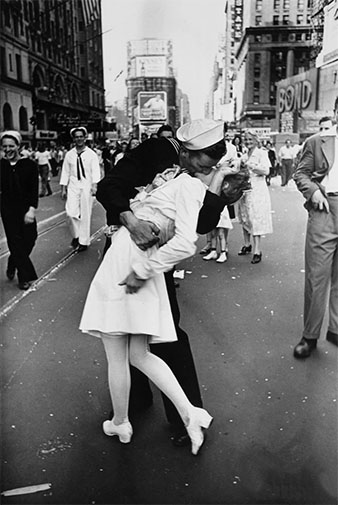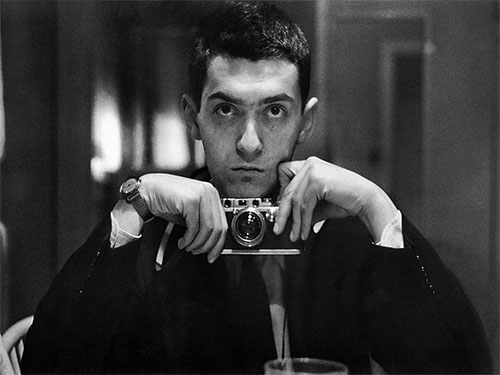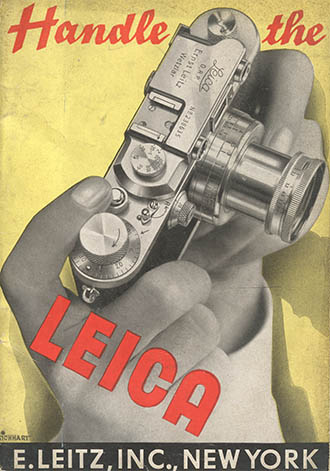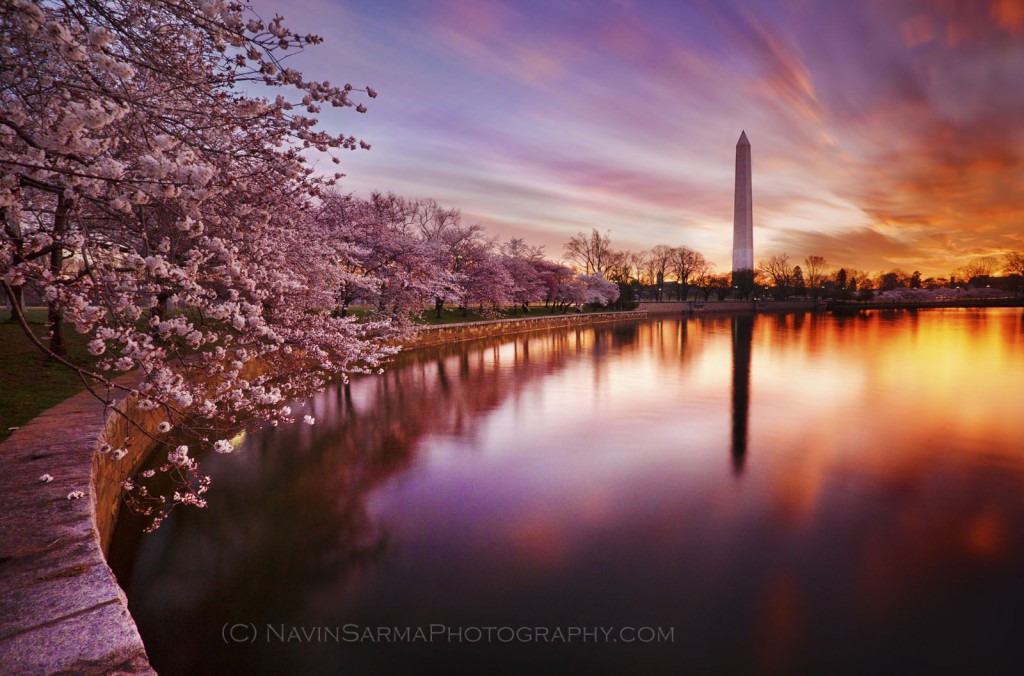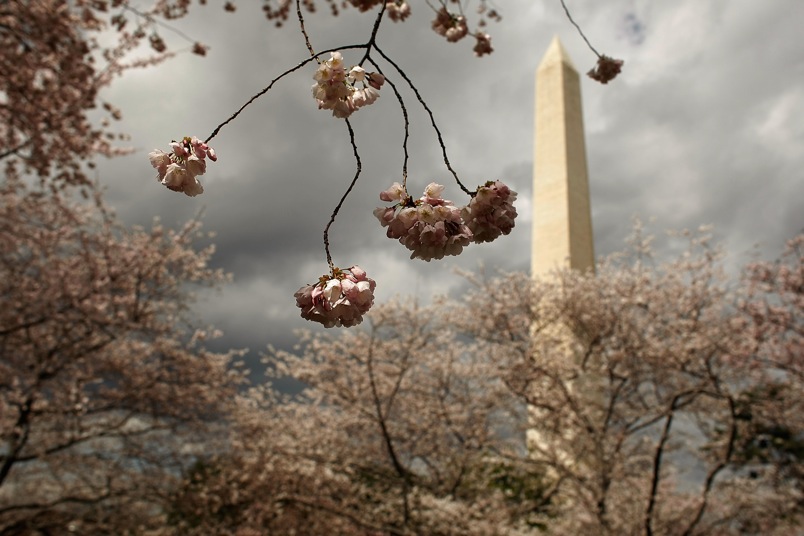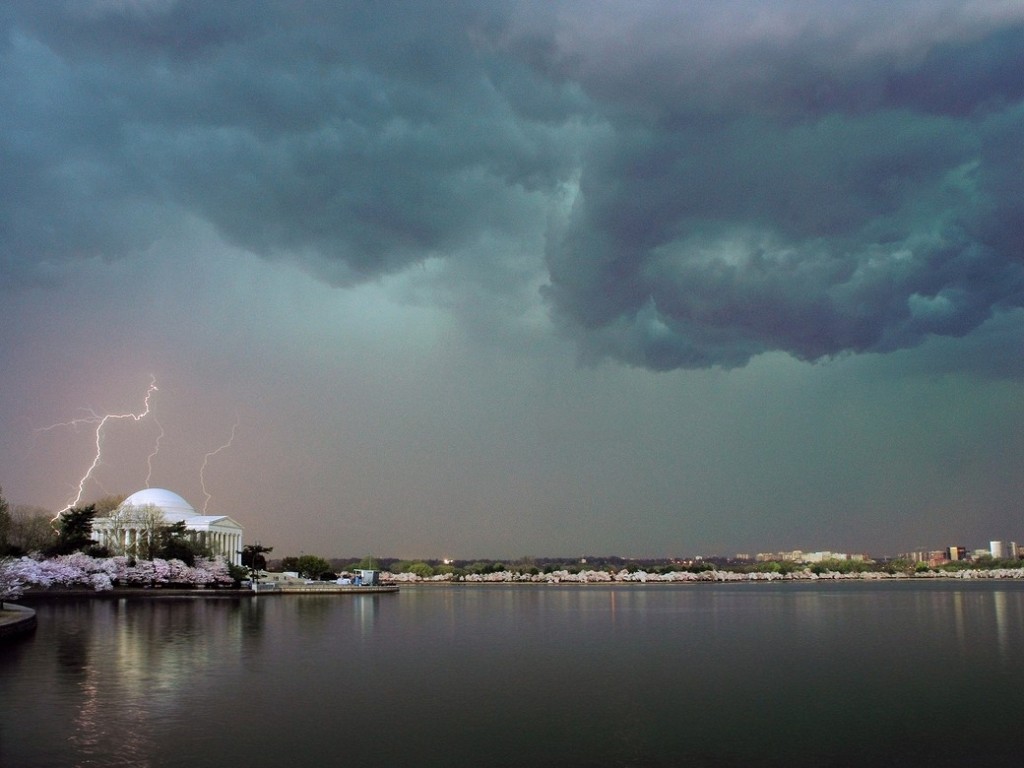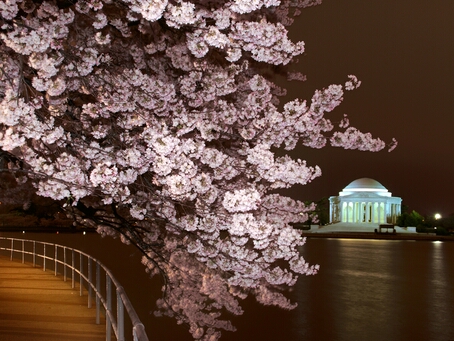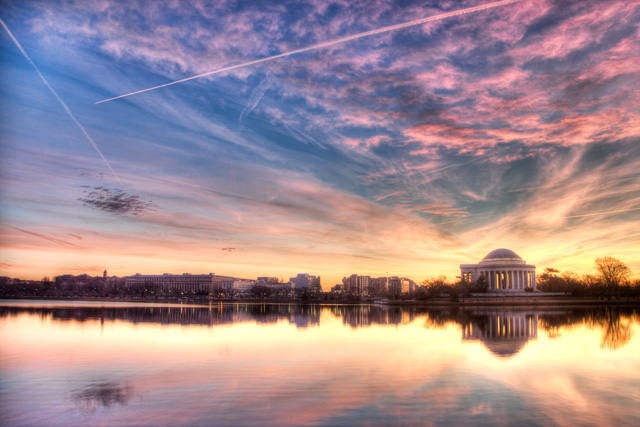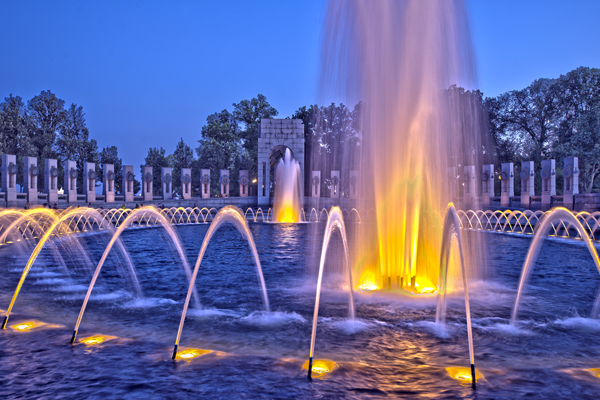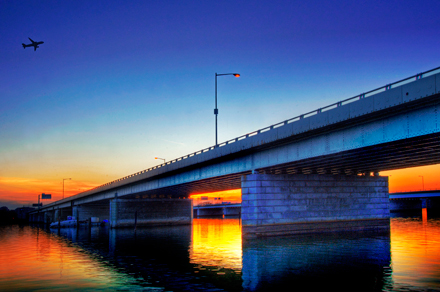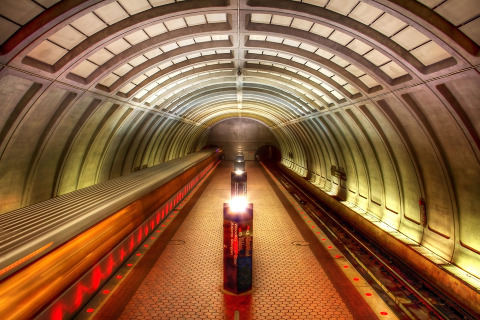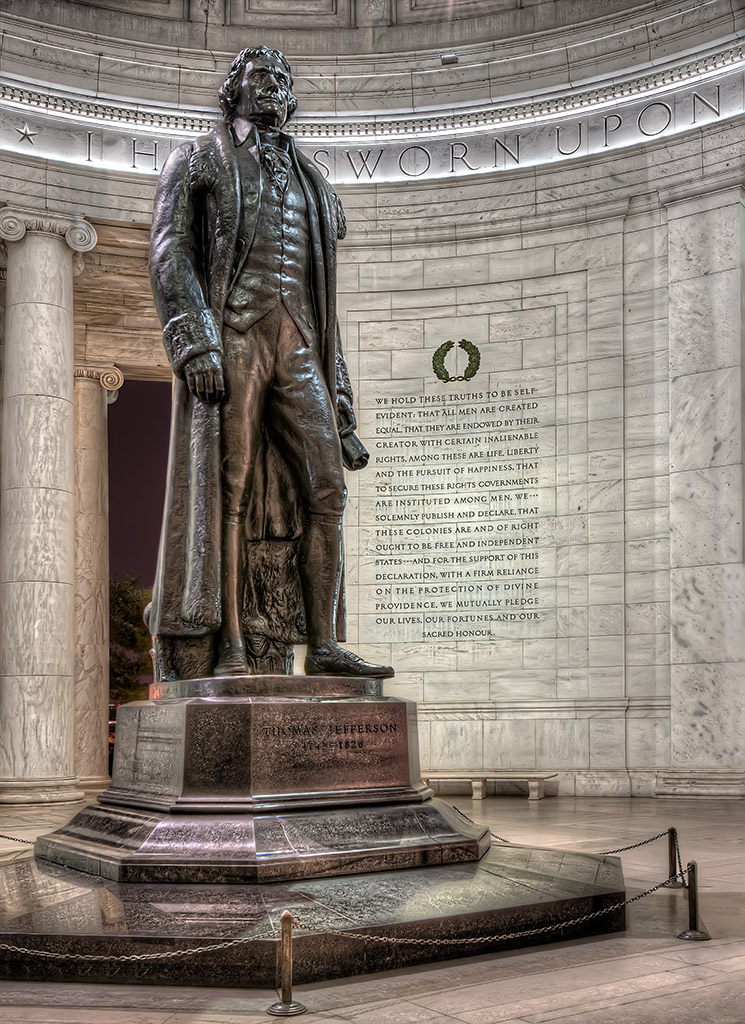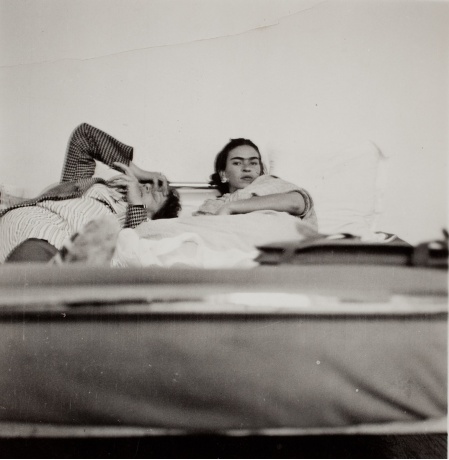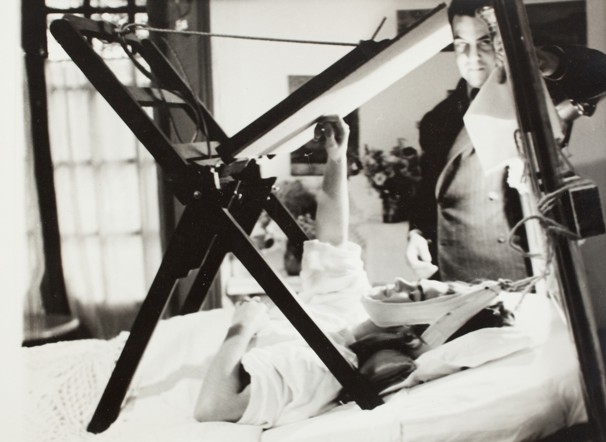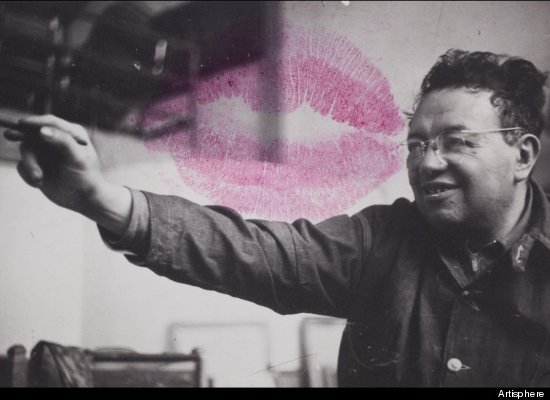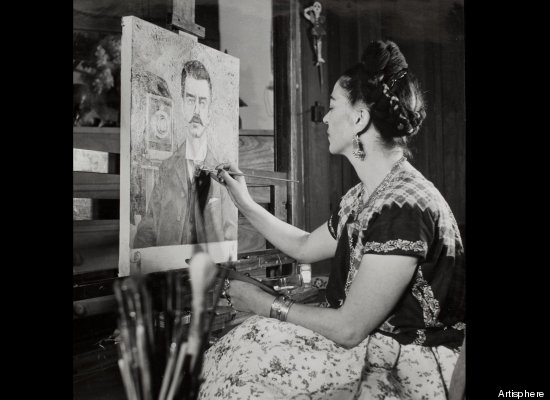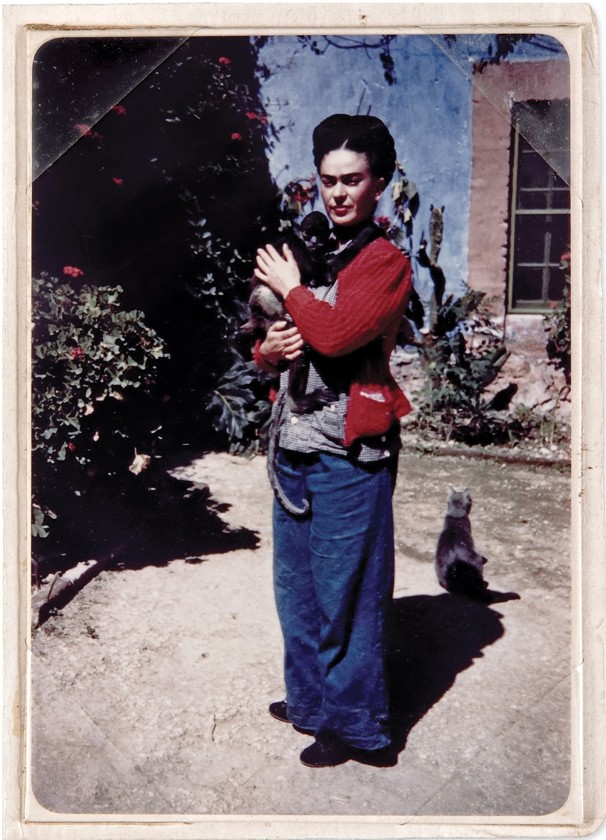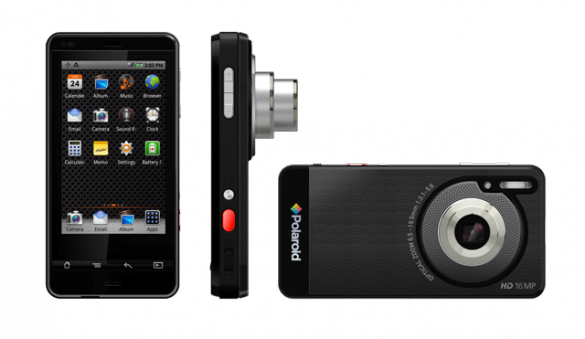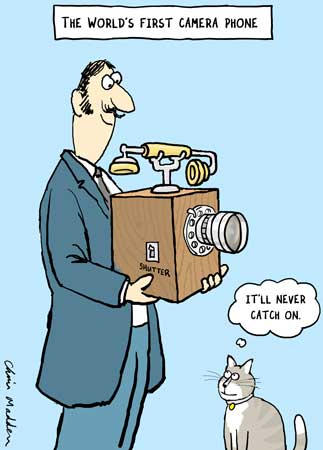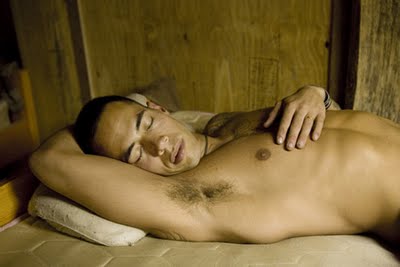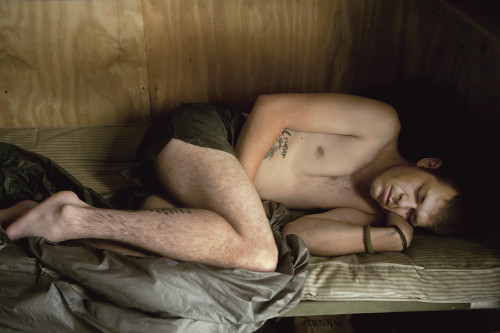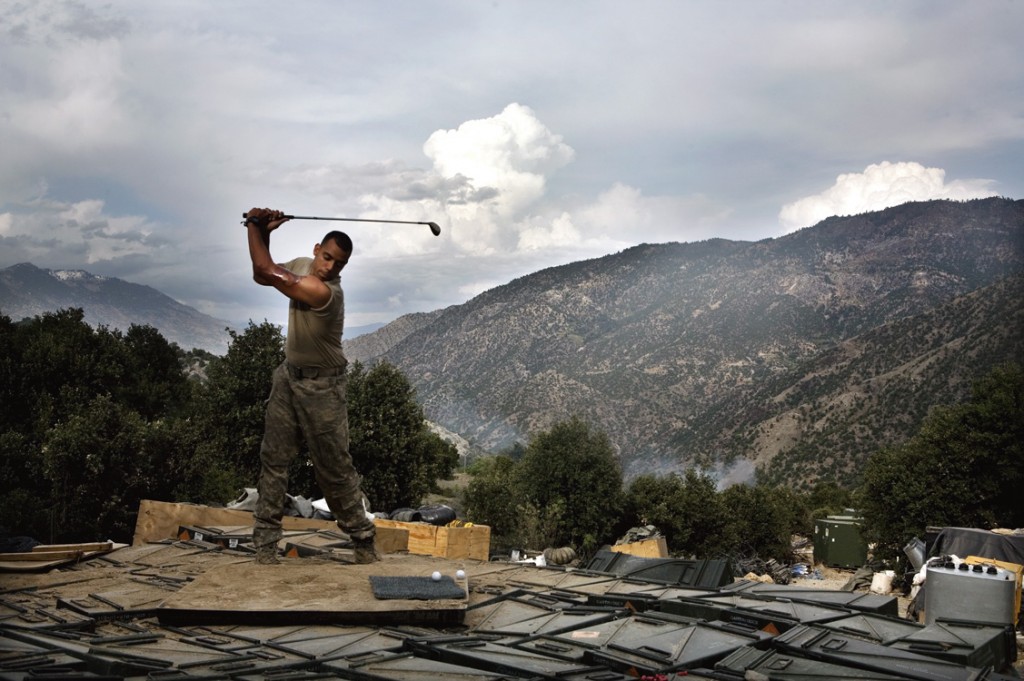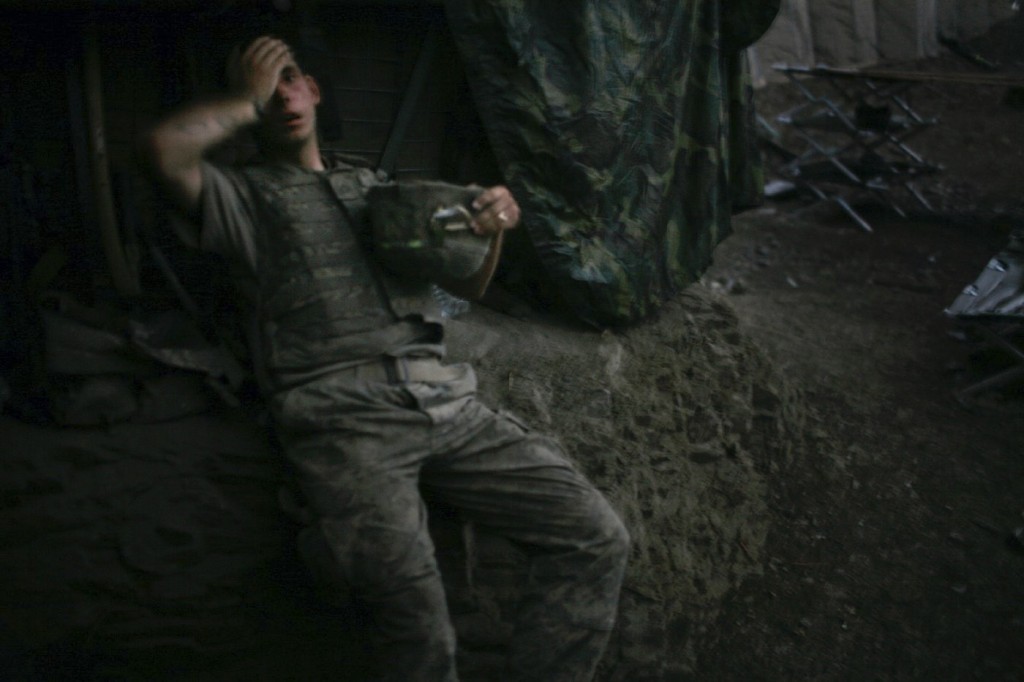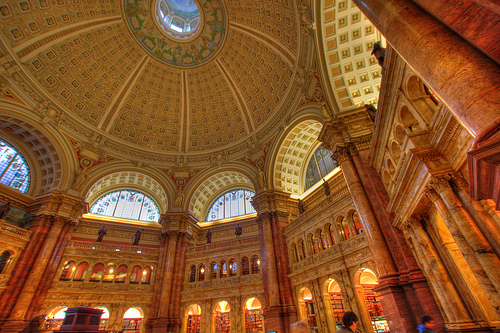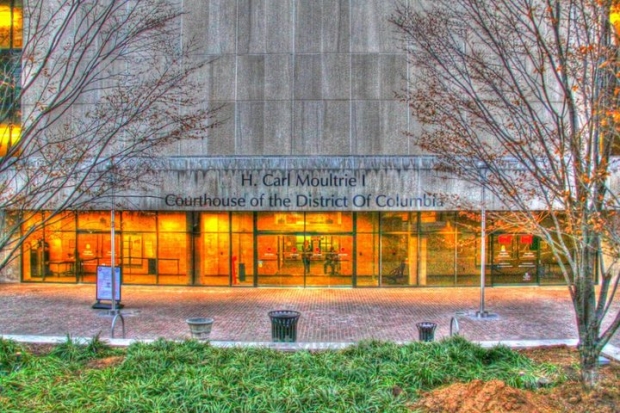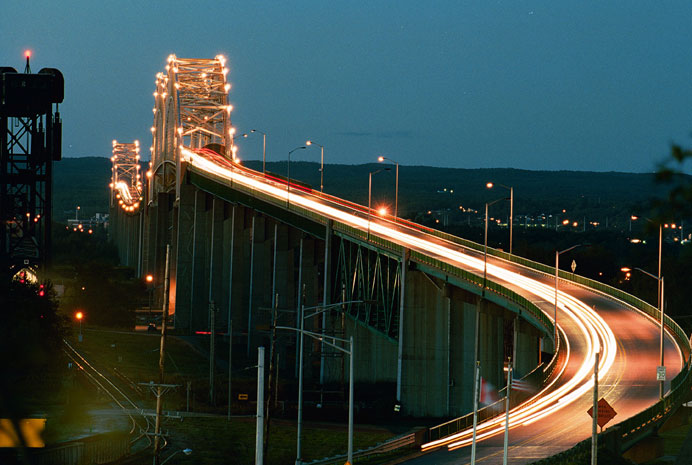Six years ago last week, Gordon Parks, photographer, film director, poet, musician and activist passed away (he would have been 100 this year!) Seventy years ago he arrived in Washington D.C. on a photography fellowship from the Farm Security Administration. As Gordon Parks is one of my top five favorite photographers and this is a DC themed blog, I’d like to share a few of the photos he took in the city, beginning with the most famous, “American Gothic”.
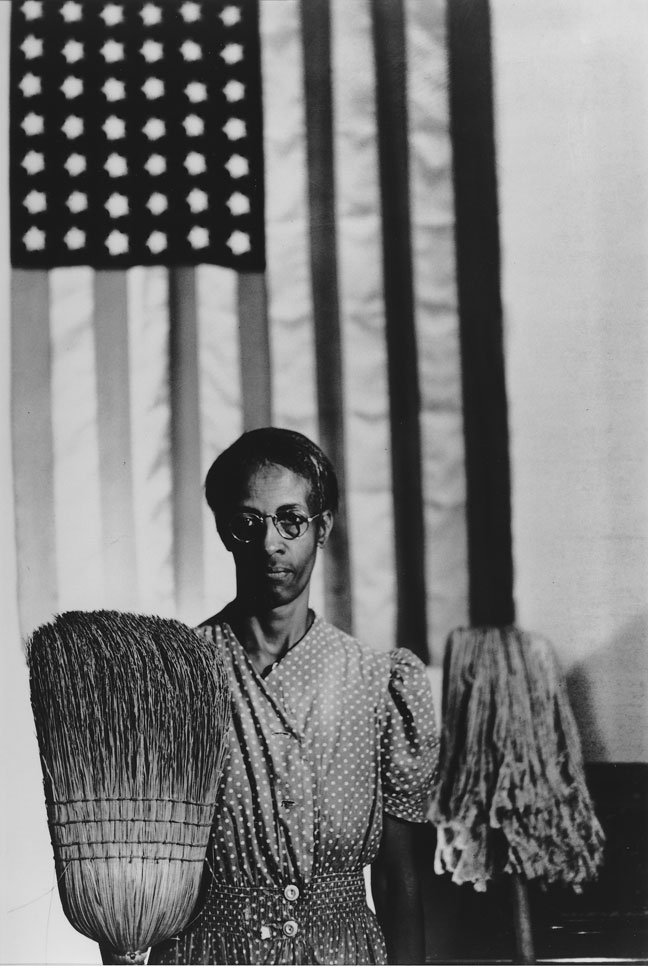
American Gothic (Cleaning Woman Ella Watson, 1942)
Roy Stryker, Gordon Park’s boss at the FSA, said that the photo could “get them all fired” but encouraged Gordon to keep working with Ms. Watson.
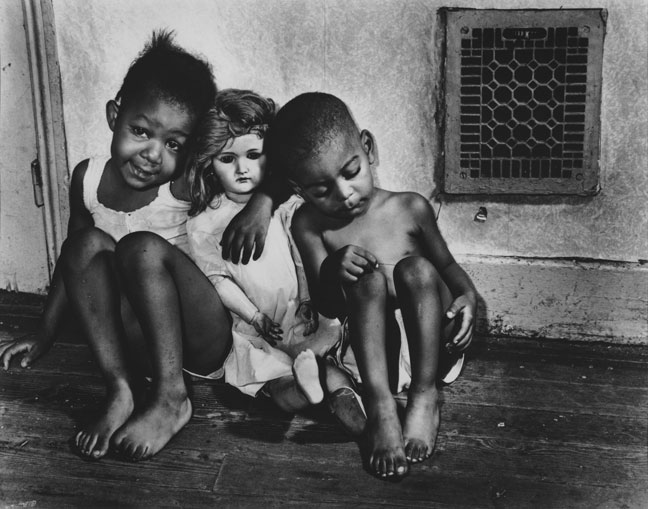
Ella Watson's grandchildren, 1942, photographed by Gordon Parks
Parks had arrived in the nation’s capital with great enthusiasm, which was soon dampered by the racism he encountered. Even a photographer on assignment with a federal agency could not eat lunch or buy clothes where he wanted, due to the color of his skin.
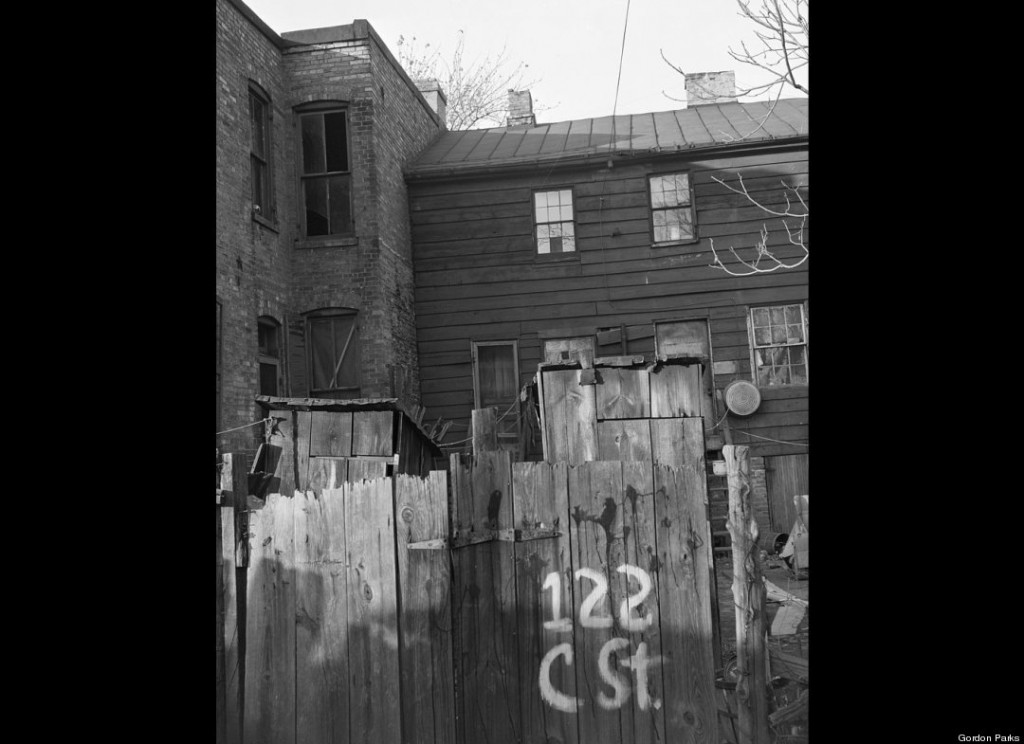
A segregated area of SouthEast DC, photographed by Gordon Parks
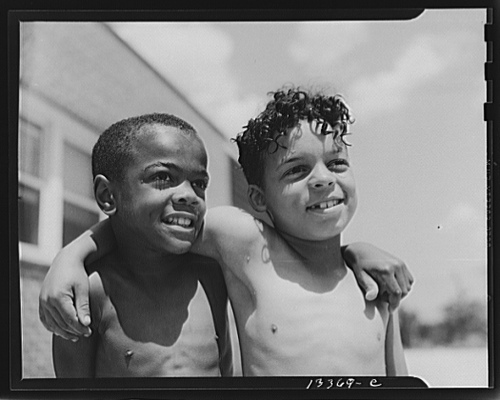
Boys in Anacostia, DC, photographed by Gordon Parks
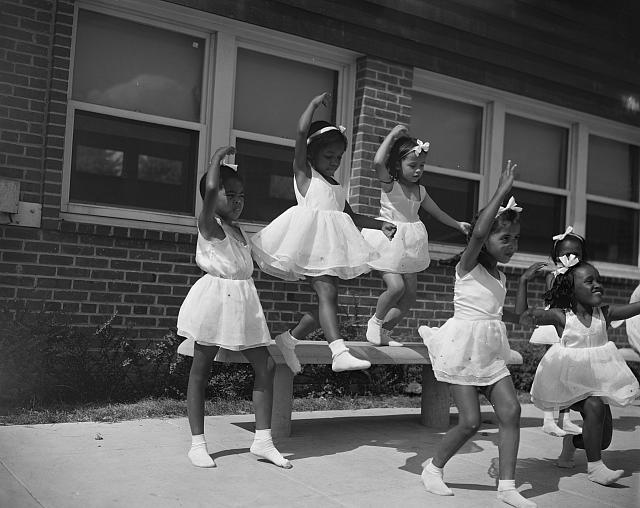
Young Dancers, Frederick Douglass Housing Project, Washington DC, photographed by Gordon Parks
Race did not stop Parks from becoming a great documentary photographer (also the first African American staffer at Life magazine).
“I picked up a camera because it was my choice of weapon against what I hated most about the universe: racism, intolerance, poverty. I could have just as easily picked up a knife or a gun, like many of my childhood friends did… most of whom were murdered or put in prison… but I chose not to go that way. I felt that I could somehow subdue these evils by doing something beautiful that people recognize me by, and thus make a whole different life for myself, which has proved to be so.” – Gordon Parks
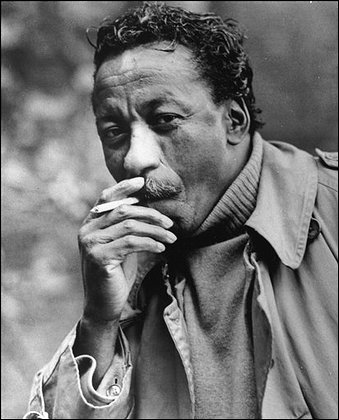
Gordon Parks, an extremely cool guy.


